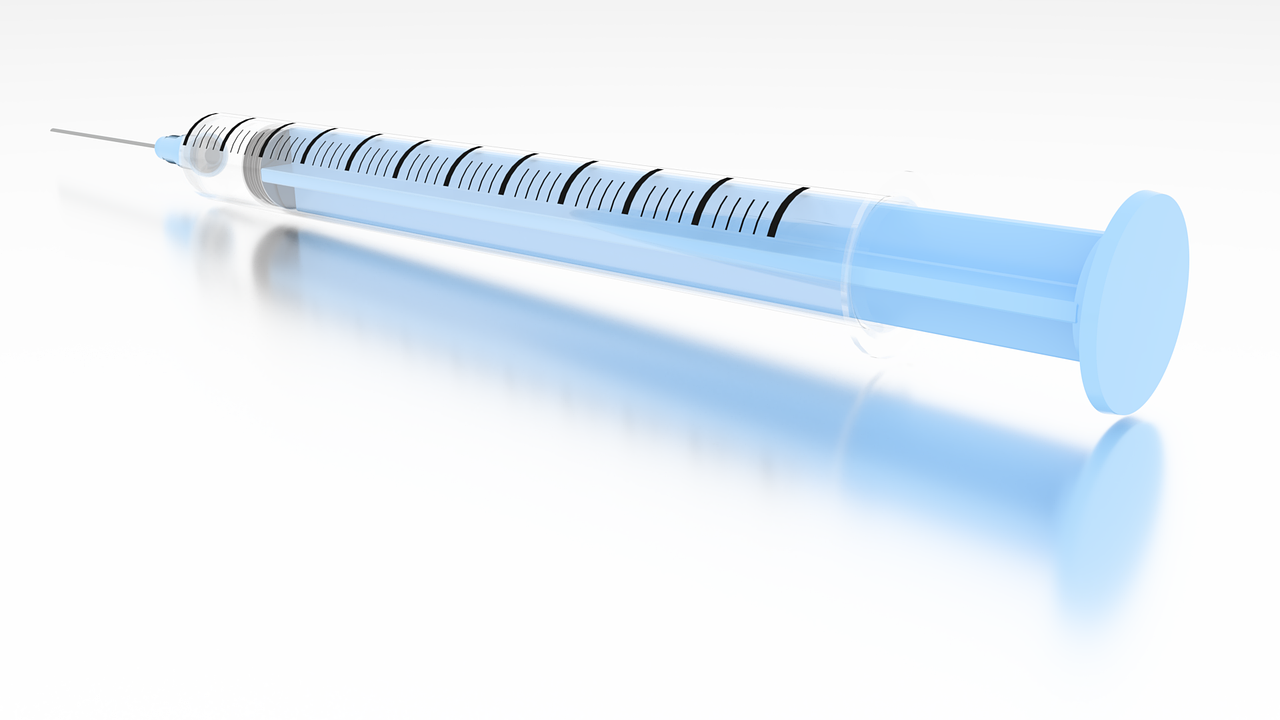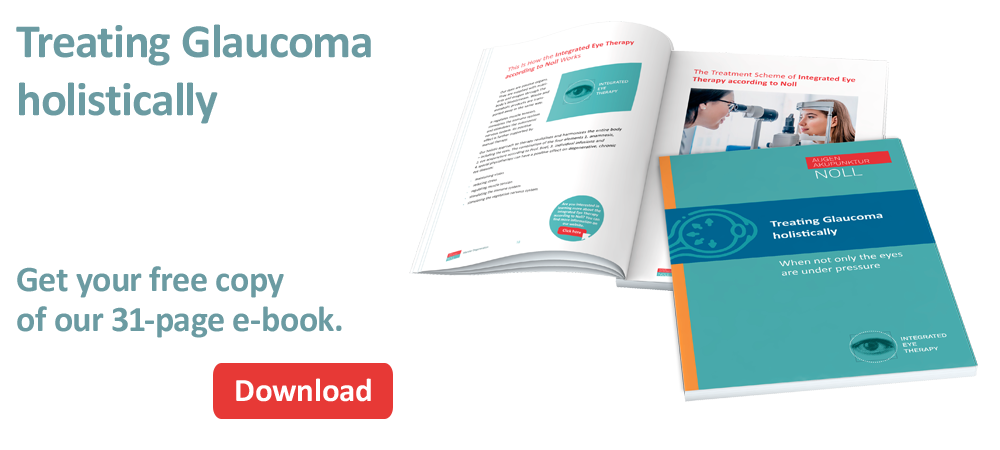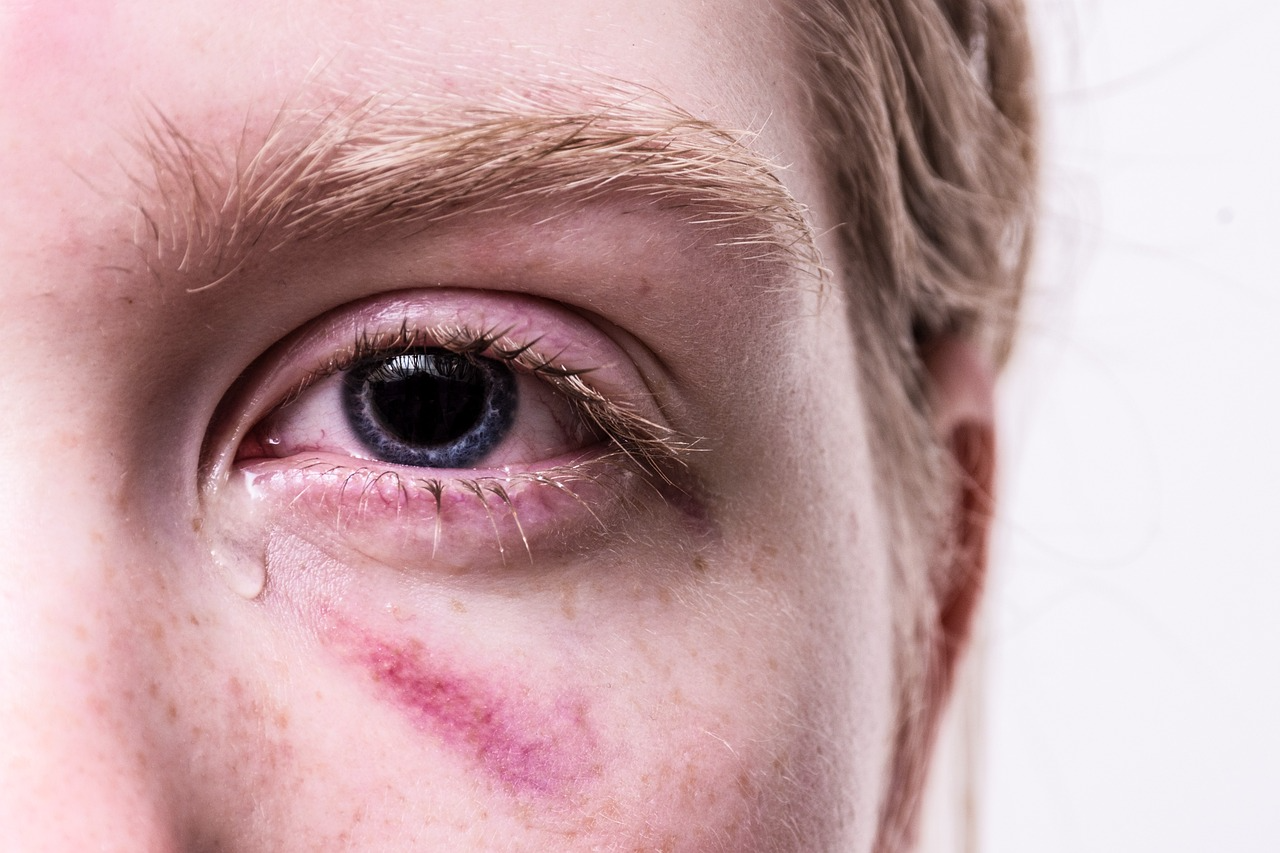Long-term use of corticosteroids (cortisone) can be a cause of Glaucoma

Not all long-term use of cortisone necessarily causes glaucoma.
One of the possible causes of glaucoma is the long-term use of corticosteroids, also known as cortisone.
A brief description of corticosteroids – also colloquially called “cortisone”
Corticosteroids are a group of drugs that have anti-inflammatory and immunosuppressive properties.
They are often used to treat various inflammatory diseases, such as:
- Inflammatory bowel diseases such as Crohn’s disease and ulcerative colitis
- Asthma and chronic obstructive pulmonary disease (COPD)
- Rheumatic diseases such as rheumatoid arthritis, systemic lupus erythematosus (SLE) and polymyalgia rheumatica
- Skin diseases such as eczema, psoriasis and allergic reactions
- Autoimmune diseases such as multiple sclerosis (MS) and Hashimoto’s thyroiditis
- Kidney diseases like nephrotic syndrome and IgA nephropathy
- Inflammatory eye diseases such as uveitis!
- Organ transplants to prevent transplant rejection
- Certain blood diseases such as haemolytic anaemia and aplastic anaemia
- Acute attacks of chronic diseases to reduce inflammation (e.g. asthma or rheumatoid arthritis)
However, corticosteroids can also have side effects with prolonged use, especially when prescribed in high doses or when taken over a long period of time.
On the development of Glaucoma in connection with the long-term use of corticosteroids (cortisone)
The relationship between long-term use of corticosteroids and the development of glaucoma is complex and is explained by several mechanisms. One important factor is the influence of corticosteroids on intraocular pressure.
Normally, the fluid in the eye known as aqueous humour is constantly produced and drained, keeping the intraocular pressure at a constant level.
Corticosteroids (cortisone) can reduce the outflow of aqueous humour by affecting the trabecular meshwork (a network of connective tissue in the eye) or by increasing the production of aqueous humour.
In this way, the intraocular pressure can gradually increase. Increased intraocular pressure puts stress on the optic nerve and the sensitive nerve fibres that make vision possible.
Over time, the increased pressure causes damage to the optic nerve, which is called glaucoma damage.
 Not everyone who takes corticosteroids for a long time will necessarily develop glaucoma.
Not everyone who takes corticosteroids for a long time will necessarily develop glaucoma.
It is important to emphasise that not everyone who takes corticosteroids will necessarily develop glaucoma. The susceptibility to developing glaucoma due to corticosteroid therapy can vary from person to person.
It depends on several factors, including:
- the dose
- duration of use
- individual eye structure
- and family predisposition.
Regular eye examinations in case of long-term use of corticosteroids (cortisone)
Therefore, it is crucial that patients who need to take corticosteroids long-term have regular eye examinations to detect changes in intraocular pressure and signs of glaucoma at an early stage.
If elevated intraocular pressure is detected or if there is a family history of glaucoma, the ophthalmologist can take appropriate measures to reduce the risk of glaucoma or treat it early.
Doctors of different specialities and naturopathy should cooperate for the benefit of the patient
Overall, the long-term use of corticosteroids shows the potential complexity of medical therapies and the need for close cooperation between doctors from different specialities.
The task is to identify and manage potential side effects to ensure the best possible healthcare for patients.

